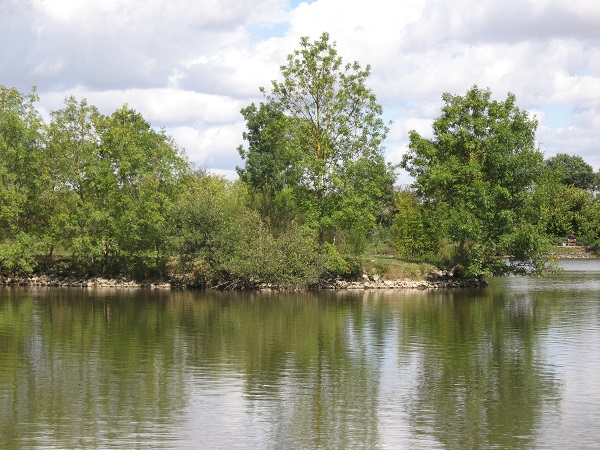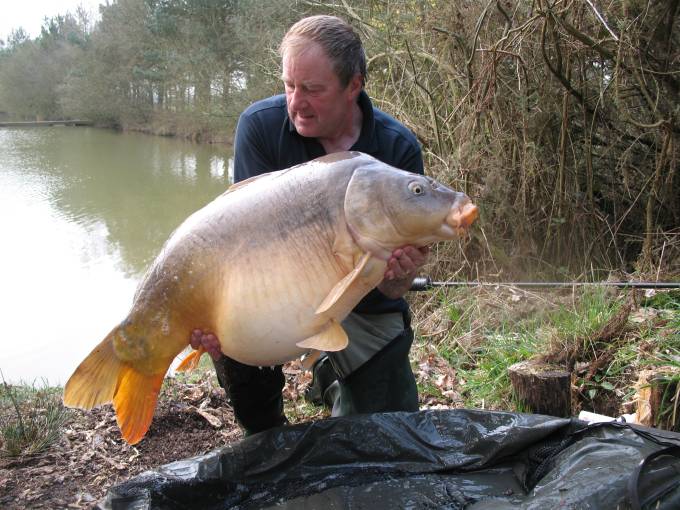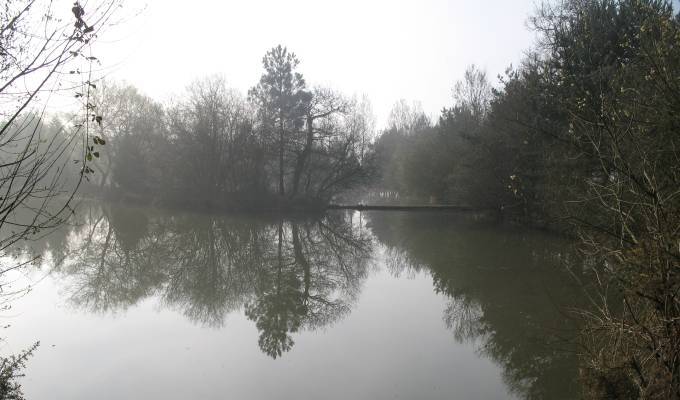More often than not we all come across a water where the carp simply will not feed away from the far margin, over hanging trees, or snags. Cast short of your target and you may as well leave the rods on the bank.
Generally the reason for this is through angling pressure or the over use of baitboats that have actually created the feeding areas on or under the tree line in the first place. A bait boat is the easy solution, but lets say you don’t own one, or you want to try out your casting skills to catch these wary fish. What I want to do is go through the procedures that I go through to accurately get my baits as close to on overhanging tree, snag or margin, safe areas where the fish tend to gather.
The first thing is to identify the feeding area
…and to what extent it reaches out from the safe area. The further away the better, especially if there underwater snags or marginal weed, and really you need to be fishing at the base of any marginal shelf, which is where any loose feed will gather.
In this example I will refer to the Pads swim at the Angling Lines venue Monument (you can watch a video on this cracking little water here). I was fishing towards the island which went off at an angle away from me so I was fishing 3 different distances, 45 yards, 60 yards and 75 yards.
All the margins dropped off straight from the bank, to around 4 foot and then gently shallowed up to my bank. I had selected 3 different areas, an overhanging tree, a snag, and a deep margin. For each safe area that I had selected I went through the same procedure.
Identify a skyline mark
Firstly I needed to check on the sky line for a mark to cast to during the hours of darkness, this being a dip in the tree line, high point or gap in the trees. This could be anything from a street light, telegraph pole, house in the distance, anything at all really that is a permanent fixture and on the horizon.

The island at Villefond, my mark is the V in the middle of the tall tree and the bush to the right.
The cast
I always use the figure of eight knot on my hook links so they can be removed or replaced at any time.
- Take off the hook link
- I will be using a 3oz lead
- Cast towards your skyline mark making the first cast short of the safe area.
- Estimate how much you are short of the safe area and strip off that extra line so that you will cast just short of what you think that you need.
- Clip up the line.
- Wind in the line and recast towards the safe area, raising the rod just prior to the end of the cast and let the weight of the lead straighten out the line. Watch where the lead lands and if it is short do the same again until you are happy with the result.
- Now mark up the line ensuring that you are casting from the same position every time.
- Once you are happy attach your hook rig and cast out to the safe area. Again raise the rod vertically towards the end of the cast letting the weight of the lead straighten out the line. As the lead hits the water release the line from the clip and let it drop into position on the lake bed.
- Now for the other 2 rods.
This method works and is deadly accurate and produces fish. Just remember the sky lines marks. In fact you can always photograph the skyline in the day so that you can refer to them on your camera at night if you forget where they are.
Tight Lines
Paul Cooper

This was the Monument lake record at 47lb 5oz caught by accurately casting to a far margin snag


Comments